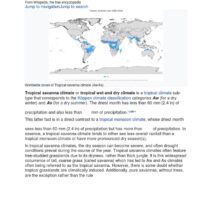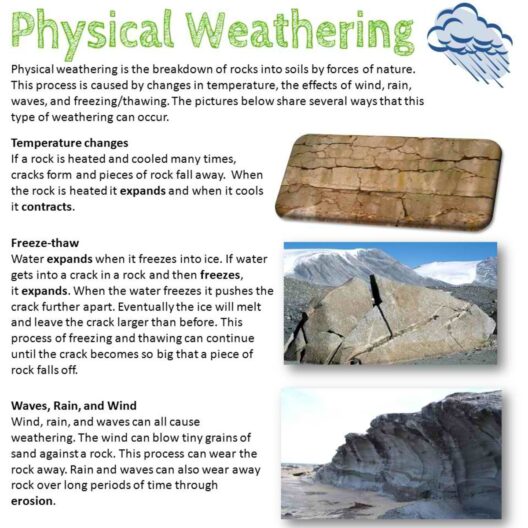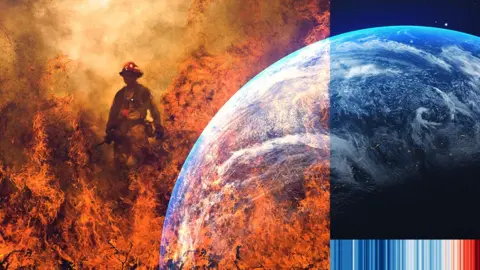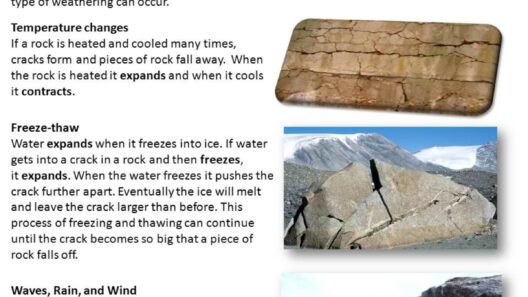The Climate Clock is an emblematic representation of the urgency surrounding the climate crisis, encapsulating the diminishing time humanity has to avert irreparable damage to the planet. A seemingly innocuous device, the Climate Clock also serves as a poignant reminder of the choices we make and their profound impacts. So, how much time is left? The answer is nuanced and reliant on numerous variables—many of which correlate directly with global carbon emissions and our collective ability to institute change.
At its essence, the Climate Clock counts down to a significant threshold: the point at which global temperatures are projected to reach an increase of 1.5 degrees Celsius above pre-industrial levels. This critical figure is not just an arbitrary number; it denotes a tipping point beyond which the consequences of climate change could become catastrophic and irreversible. Scientists warn that exceeding this limit will likely unleash a series of devastating impacts—including increased frequency of extreme weather events, rising sea levels, and disruptions to biodiversity.
When the clock was first unveiled, it displayed a specific number of years, months, and days—an eye-opening figure that has fluctuated based on the latest data. Each second ticking away is a reminder not only of the time lost but also of the opportunity still available to enact positive changes. Still, the emotional weight of this ticking clock is balanced with the understanding that our actions can alter its trajectory. The question then becomes: what can we do with the time remaining?
Firstly, it’s essential to recognize that the Climate Clock embodies not just a countdown but a call to action. It serves as a stark visual representation to galvanize public awareness and compel governments and corporations to respond. While some may argue about the practicality of a singular countdown, the underlying ethos is clear: immediate action is paramount. The climate emergency is woven into the fabric of modern existence, and our only recourse is to adapt and innovate in response to its stark realities.
Numerous strategies exist to combat climate change, each offering a distinct avenue toward sustainability. Transitioning to renewable energy sources is perhaps one of the most impactful steps we can take. This involves not only investing in solar, wind, and geothermal energy but also supporting policies that prioritize clean energy development. Moving away from fossil fuels is not merely an option; it has become a necessity. The continued reliance on these energy sources accelerates the clock’s countdown, leading us further down a path of environmental degradation.
Transitioning our economy requires collective effort. Everyday individuals, businesses, and governments all play integral roles in fostering a culture of sustainability. Legislation that promotes green technologies, financial incentives for reducing carbon footprints, and global agreements aimed at limiting emissions are pivotal in this trajectory. The recent emphasis on net-zero targets showcases a growing recognition of these issues, yet reaching those targets demands more than legislative frameworks; it necessitates a cultural shift where environmental considerations become central to decision-making.
Another critical dimension of addressing the climate crisis is conservation. Protecting existing ecosystems—forests, wetlands, and oceans—serves to not only maintain biodiversity but also acts as a carbon sink, absorbing CO2 from the atmosphere. Reforestation and sustainable land management practices can mitigate the severity of climate impacts and offer a refuge for countless species. Preserving these natural habitats think
And, biodiversity is intrinsic to our survival as well; each species lost contributes to a domino effect that affects the balance of entire ecosystems. The loss of biodiversity is not merely a loss of beauty but a loss that threatens our food security, clean water access, and even health.
Moreover, technology plays an indispensable role in tackling this crisis. Innovations in carbon capture and storage, improved agricultural practices, and advancements in battery storage capacities create opportunities for profound change. Furthermore, investing in research and development encourages the emergence of solutions that may not yet be fully realized but hold promise for reversing environmental degradation. These technologies, however, require support, both in terms of funding and public buy-in, to transition from theory to practice.
Public engagement is also crucial. Educating ourselves and others about climate issues is not just beneficial; it’s imperative. Awareness campaigns and grassroots movements can mobilize communities, urging them to transition towards a more sustainable lifestyle. Combined with actionable steps—such as reducing waste, opting for public transportation, and advocating for policy changes—we can amplify our impact. Change is not solely the responsibility of governments or corporations; it’s a shared obligation and can begin at the individual level.
The Climate Clock serves as both a warning and a clarion call—an artifact of urgency that whispers (or, at times, screams) the truth we must confront: time is indeed running out. While many may feel despondent at the thought of this countdown, it also provides an invaluable opportunity to reframe our discussions surrounding climate action. It insists that we not only gauge the time left but also consider how we will use it. Will we be passive consumers of a reality that threatens our existence, or will we become proactive agents of change?
Ultimately, understanding how much time is left according to the Climate Clock is not solely about the numbers. It’s about recognizing the responsibilities woven into those figures. Each moment that passes is an invitation to act: to shift our focus, to pique our interest, to engage our hearts and minds in the fight for a sustainable future. It is a challenge that extends far beyond ourselves into the realm of future generations who will inherit the world we shape today. The clock is ticking, but how we choose to respond remains one of our most significant legacies.





